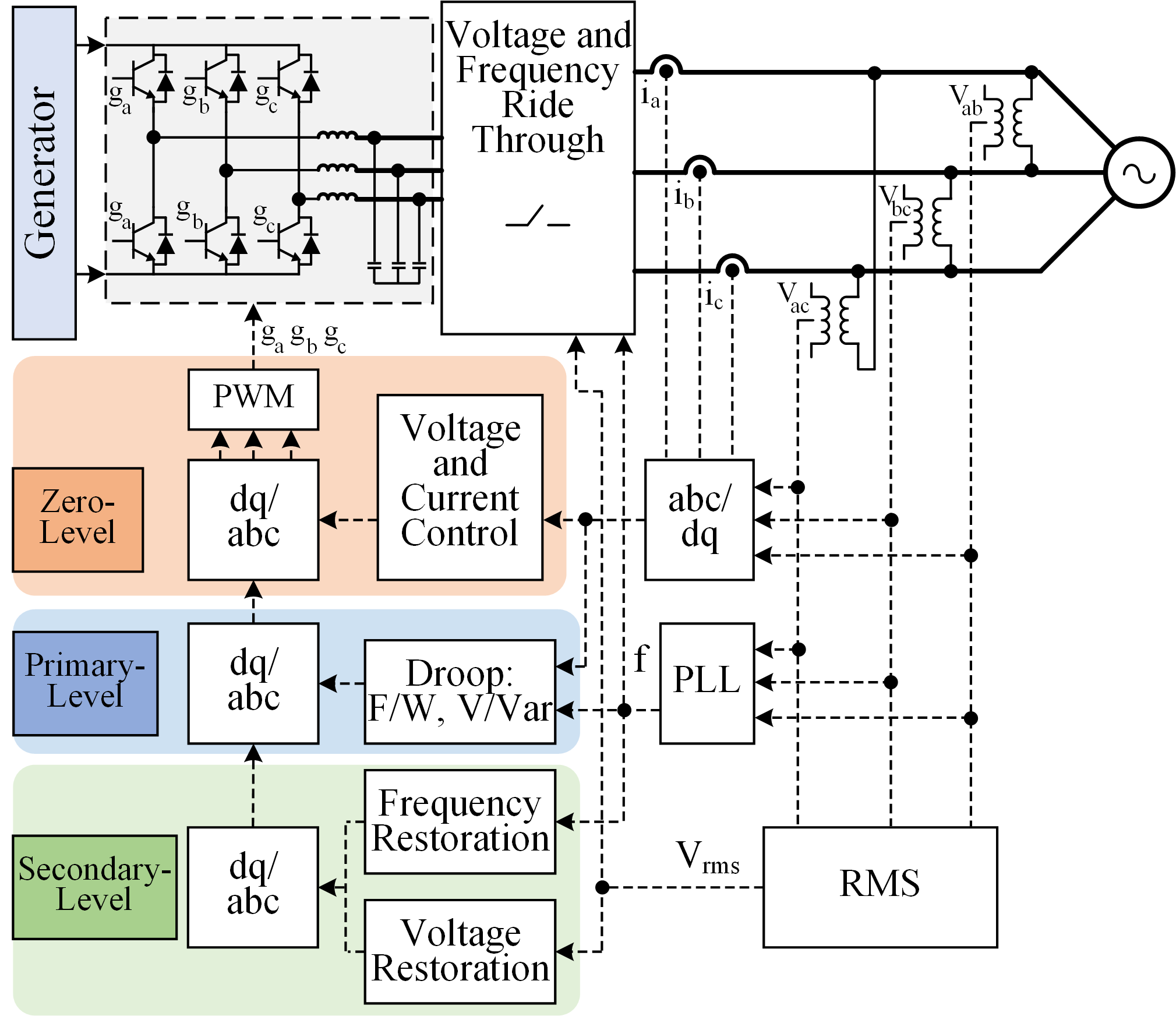Choosing a Power Electronic Converter Model for Power System Analysis

Are you trying to decide what power electronic converter model type to use to study the dynamics of a converter-dominated power system?
Numerous types of power electronic converter models are relevant for various applications and study time scales in converter-dominated power systems.
With the integration of rooftop or utility-scale solar photovoltaics and energy storage, electric vehicles and converter-based controllable loads with the power grid, any changes in the operation of those devices would affect the operation of an entire grid when those devices will dominate the grid (we call it a converter-dominated power system). So engineers have to simulate the system to study how the power grid will be affected by converter domination.
Power electronic converter models can be used to determine renewable energy stability impacts and control strategies to increase renewable energy integration, among other renewable energy and energy storage opportunities and challenges.
A new journal paper with ACEP contributors reviews converter models used to simulate systems. The paper aims to provide guidance and background to assist with determining which model type is the best choice for an application.
A converter-dominated power systems team, funded through the Department of Energy’s Established Program to Stimulate Competitive Research, recently published the collaborative peer-reviewed paper in the journal IEEE Access. Authors are from South Dakota State University, the University of Puerto Rico at Mayagüez, Sandia National Laboratory and the University of Alaska Fairbanks. ACEP's Chinmay Shah is lead author on the paper, titled "Review of Dynamic and Transient Modeling of Power Electronic Converters for Converter Dominated Power Systems." Other ACEP co-authors include Phylicia Cicilio, Mariko Shirazi and Richard Weis.
The paper reviews the various model types employed to study the integration and stability of inverter-based resources in dynamic and transient power system analysis, including their limitations, advantages and relevant applications.
The paper is one of two collaborative review papers written by students, faculty and researchers across the EPSCoR CDPS team. Under Cicilio's guidance, the authors have held bi-weekly Zoom meetings during the past 10 months.
EPSCoR funding for this work has been provided by the basic energy sciences program within the U.S. Department of Energy’s Office of Science. Supplemental support has come from the DOE Office of Electricity’s microgrid research and development program and the DOE Office of Energy Efficiency and Renewable Energy’s Solar Energy Technology Office.
For more information on this research or paper, please contact Phylicia Cicilio at pcicilio@alaska.edu.
An example of a generic switching power electronic converter model representing the major control groups.



